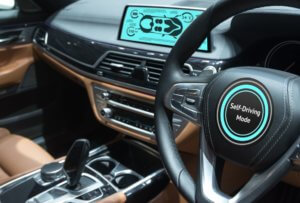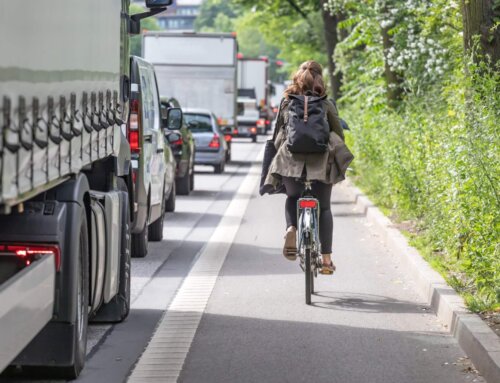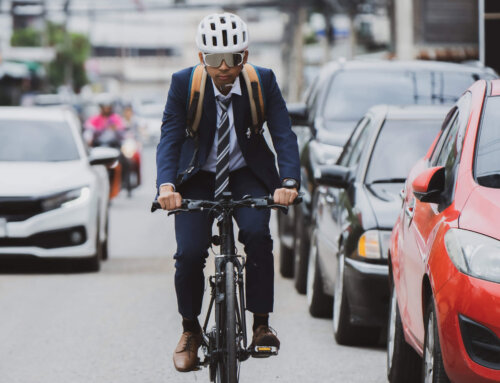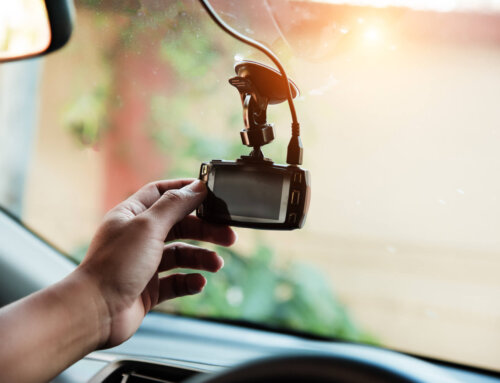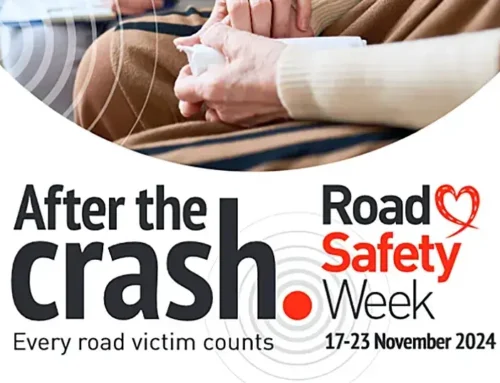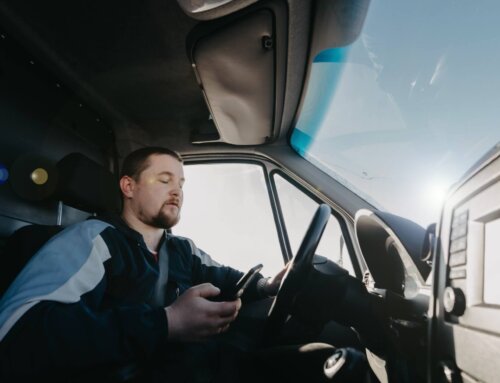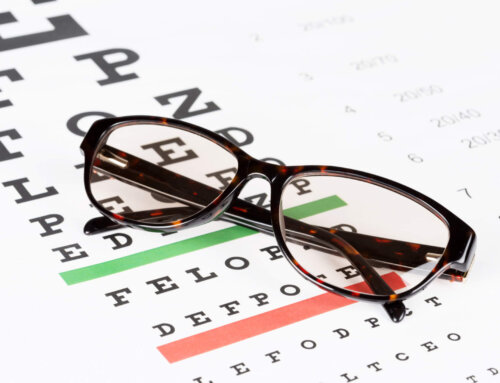The idea of a car that can drive itself without any input from the driver seems like something from a science fiction movie and not something many of us will live to see.
If you are nodding in agreement, then think again. On the 26th of January 2022, The Law Commission of England and Wales and The Scottish Law Commission published a joint report that set out recommendations for regulating automated vehicles (AVs) in Great Britain.
The definition of an AV is a car that incorporates vehicular automation. In other words, it can sense its environment and safely move around without human input.
Let us first outline where we currently are with automated vehicle technology. If, like the writer, you naively assumed that the leap from cars as we know them now to cars that drive themselves entirely was one big jump that we are nowhere near to achieving, then read on.
The 6 Levels of Autonomy
The Society of Automotive Engineers (SAE) has invented a list of the six levels of driving automation, starting from nought. They are:
0 – No driving automation involved. This is where many cars still are today. The driver is totally in command of the vehicle, with no automation involved.
1 – The driver does all the driving but has the assistance of lane control support or an automatic emergency braking system.
2 – Partial automation involved. The driver must remain alert to all aspects of driving the vehicle but has more automatic modes of assistance, e.g., automatic steering assistance, acceleration, and braking control. An example of this could be a parking assistance feature and TJA (traffic jam assist) technology, which causes the vehicle to accelerate and brake in slow-moving traffic.
3 – Conditional automation. This is an important level because it is the first one where the vehicle can drive itself entirely in certain circumstances. The driver must be ready to take over control of the vehicle, as soon as needed. The driver must drive and control the vehicle as normal in all but specified situations.
4 – High automation. This will be the first complete self-driving level. The vehicle will still have the usual controls and a driver seat, but the vehicle can see and drive on its own. In effect, the ‘driver’ is now a passenger, but there will still be circumstances, terrain, geographical location, road conditions or local regulations that may require the driver to take over.
5 – Complete automation. Probably the level many of us assumed was the only one we were waiting for. The vehicle can drive itself, whatever the situation. The humans inside the car are all mere passengers, and there is no requirement for a steering wheel.
What level of autonomy are we presently at?
We are already at level 2 of the autonomy table, even if we don’t all have parking assistance or Traffic Jam Assist technologies in our vehicles.
Level 3 is getting ever nearer too, which is scary and exciting in equal measures. It’s also the reason why the various Law Commissions of Great Britain have produced the report referred to earlier
Here is a summary of the report’s main recommendations:
- Current technology designed to assist drivers in certain situations, e.g. maintaining lanes, automatic steering assistance, parking technology and Traffic Jam Assist, is very advanced but cannot help in all driving conditions. The human behind the wheel must still be responsible for driving the vehicle.
- In the case of a self-driving car, the situation changes dramatically. The human who was once a driver now becomes a passenger. Whilst the automatic driving system is in play, the human need not pay any attention to anything related to driving the vehicle. The former driver hands over control and responsibility for the vehicle’s driving – to the vehicle itself!
- The distinction between driver assistance technology and self-driving vehicle technology is hugely important; so much so that a law is required to make a clear cut distinction between when a human in the car is responsible for driving the vehicle and the point when they can relax because the car has taken over control and is driving itself.
- The report recommends introducing a licensing system that certifies whether a given vehicle’s ADS system is self-driving or not.
- Accountability will change once the authorisation scheme decides that a vehicle has an authorised ADS and the system is engaged. The person formerly known as the driver will become the ‘User in Charge’. They will no longer carry all the responsibilities being a driver involves. For that reason, they will have immunity from being held responsible for a range of offences, including;
- Dangerous or careless driving
- Speeding
- Running a red light
Instead, under proposed new legislation, the vehicle manufacturers would be liable if the automatic vehicle committed what would be road traffic offences if carried out by a human driver.
The basis for this is logical. Fully automated vehicles will be programmed not to speed, drive carelessly, run through red lights, or knock over pedestrians and if they do, it will be because of a fault of the ADS. The manufacturer, referred to as the Authorised Self Driving Entity (ASDE), would instead bear responsibility for these transgressions.
Any culpability issues that would be treated as criminal offences if committed by a driver of a non-automated vehicle would, in the case of a fully automated vehicle, be a matter to be resolved between the ASDE (manufacturer) and the regulator.
- The User in Charge will still be responsible for matters relating to the car, such as insurance, checking the load is secure and making sure passengers wear seat belts. The User in Charge would be legally accountable if, for example, the vehicle is driven without insurance.
- The User in Charge will also be required to take over driving in response to something called a ‘transition demand’, which the vehicle will flag up when it encounters a problem that it cannot deal with. This would require the User in Charge to take over driving the car, and when that happens, the driver will be accountable for any traffic offences committed or any road traffic accidents caused by their poor driving.
- Some ADS features may be certified for ‘No User in Charge’ (NUIC) usage. This will apply to certain types of public transport. In such cases, the humans in the vehicle will simply be passengers. Accountability for any journey involving undertaken NUIC vehicles will be passed to a licensed NUIC operator.
What if I get injured in a road traffic accident caused by an automated vehicle that has the ADS feature engaged?
The Law Commission Report proposes that civil liability for those injured in road traffic accidents caused by an automated vehicle will be dealt with under the laws set out by the Automated and Electric Vehicles Act 2018 (the AEV Act)
The AEV Act states that where an accident is caused by an automated vehicle when it is driving itself on a road or other public place, and someone suffers injury as a result, the insurer of the automated vehicle will be liable for the injury and any other loss, sustained by the accident victim.
In other words, the Act does away with the requirement to find a human being responsible for the accident. The offending self-driven vehicle is not ‘being driven’ – it is driving itself.
So, if, for example, in a cycling accident, a cyclist is knocked down by an automated vehicle, they would go straight to the vehicle’s insurers to claim personal injury compensation. The same would be the case in a pedestrian accident where the self-driven vehicle collides with a pedestrian, injuring them.
The AEV Act contains provisions to enable Insurers to claim against any person deemed responsible for the accident. This gives Insurers the right to claim back some or all of the injury compensation they have paid out to the injured accident victim from the manufacturer or developer of the self-driving vehicle.
We are still some time away from the stage where self-driven vehicles become commonplace on our roads. However, a trial of driverless cars is currently underway in Milton Keynes, and the government is a big advocate of driverless cars.
The fact that legislation is already in place (if not yet enacted) to deal with some of the huge legal implications of having vehicles driving themselves around our roads, confirms that self-driving vehicles will arrive sooner rather than later.
In the meantime, if you suffer injury due to a road traffic accident, you’ll still need to claim against the human being responsible for the accident. Mooneerams solicitors are on hand to help you do just that.
Contact us on 029 2199 1927 and speak to an expert personal injury solicitor. Alternatively, fill in the form on the right-hand side of this page, click the button to send it to us, and we’ll get right back to you.


